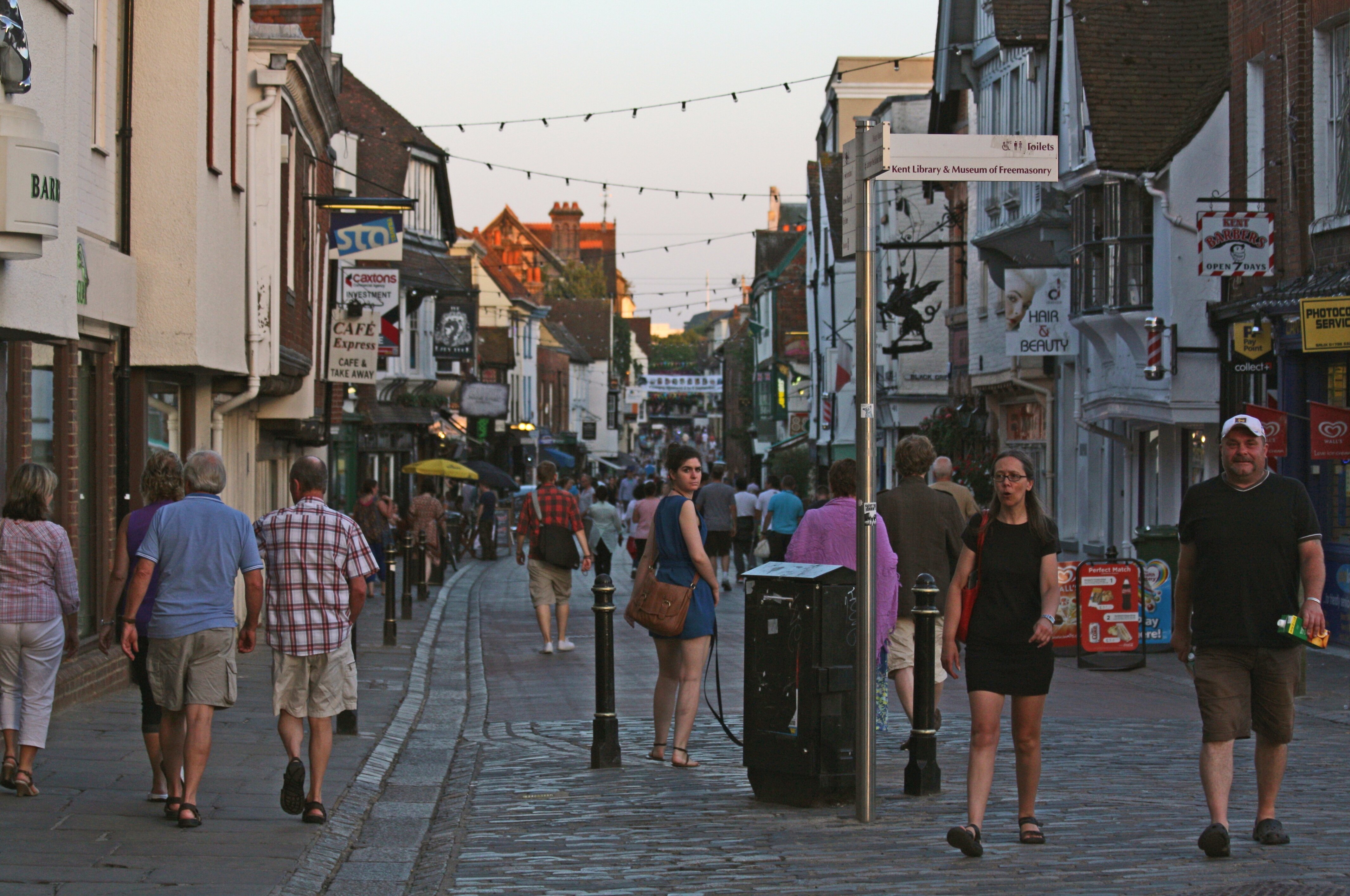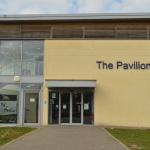
University Chorus and Symphony Orchestra in the Cathedral
In his book, How Music Works, David Byrne writes about the influence that spaces have on music. Musicians, he says, create “work that fits the venue available to us”, citing music written for cathedrals as one example. Canterbury Cathedral is astonishing as a venue, visually and acoustically. The University of Kent Symphony Orchestra’s opening piece was, unfortunately, not written for a cathedral.
Brahms’ Symphony no. 2 in D Major is a Romantic classic, sweeping and vibrant, but also delicate. Much of the intricate counterpoint of melodies overlapping melodies and cycling through the orchestra was lost in the heavy reverberations of the cathedral nave. The upper strings and woodwind found themselves similarly buried by sonorous brass, cellos and double bass. After two movements the piece began to sound staid, despite punctuating moments of intensity that used the dominating lower pitches much more effectively.
The third movement injected some much-needed life into the music. Brahms here playfully varies themes exposed in the opening passages and a staccato motif allows the upper strings to finally rise to prominence. The orchestra, who had played proficiently but not passionately up until this point, also found some room here, expressing a refreshing brightness. This newfound energy continued into the final movement, a typical Romantic finale crescendoing through to a bombastic conclusion. Also typically Romantic, that conclusion is a long time in coming, moving through several drawn out, half-finales. Fortunately, this was where the orchestra sounded best.
The orchestra’s final piece of the evening was Mass in A Minor, by Schubert, a sometimes criminally underappreciated composer. Joined by a choir and four soloists, this was, by contrast, set in the perfect surroundings. The enlarged ensemble created a body of sound unmatched by the former symphony. Long notes make good use of the natural reverb, and given space even more complex interplays have definition. Crisp polyphony from the soloists was offset by enchanting washes of sound from the choir, tastefully accompanied by the orchestra, reacting to the voices with beautiful lines of clarinet and violin now able to take to the air with clarity. Schubert uses the idiosyncrasies of instrument and voice masterfully, defined pizzicato with soloists transitioning to a smooth legato with the choir.
Amongst many highlights was a spine tingling ‘Gloria’, thundering voices tugging at the rhythm set by powerful harmonic chords from the orchestra, creating a sense of urgency that captured everything that the Brahms lacked.
The Mass’ end is pleasantly understated, the choir’s vowels echoing from the walls into an ethereal ambience. That it finishes here, without showmanship, is almost a disappointment given the quality of what comes before, but it is also perfect, letting the music speak for itself without a concluding, summary statement, just as the notes seem to drift briefly around the nave of their own accord. If this music was made for cathedrals, cathedrals were also made for this music.




























Discussions